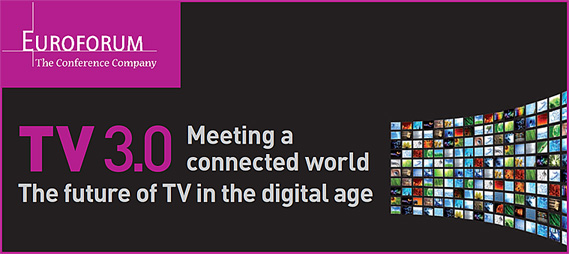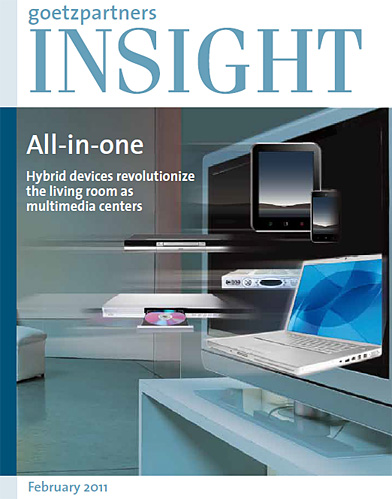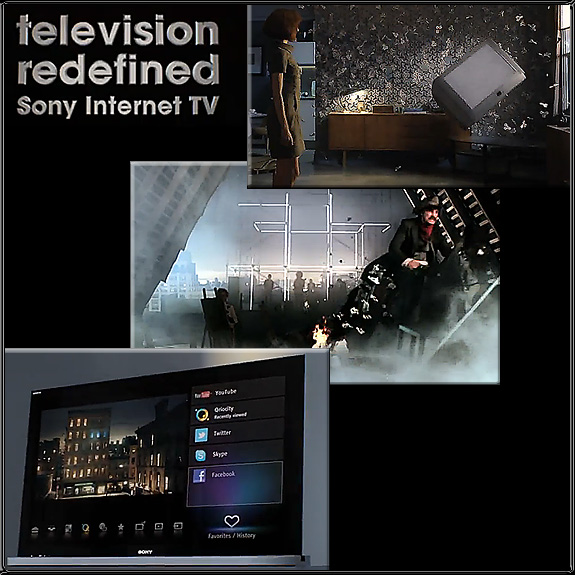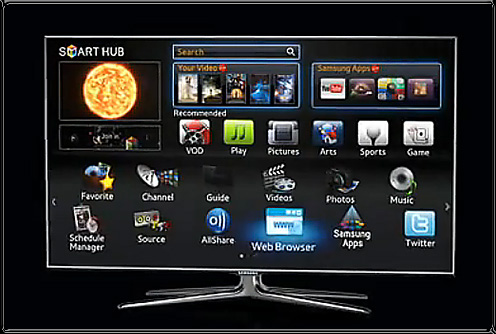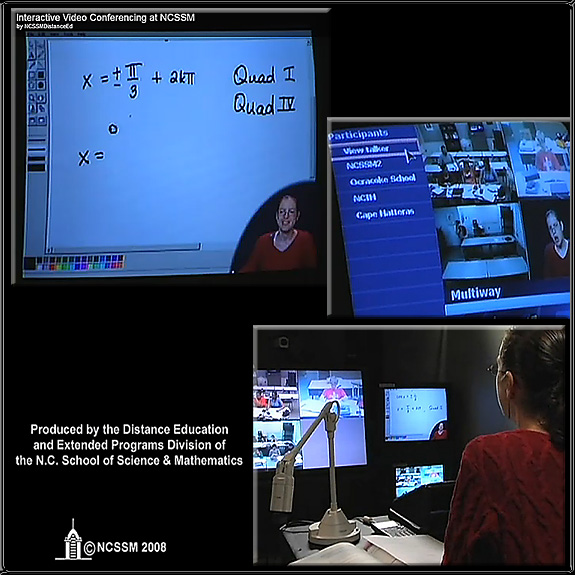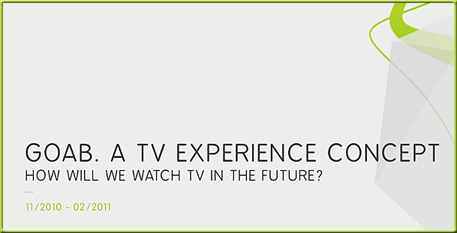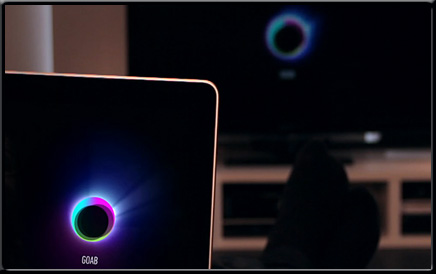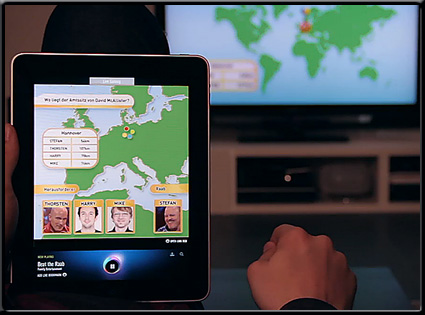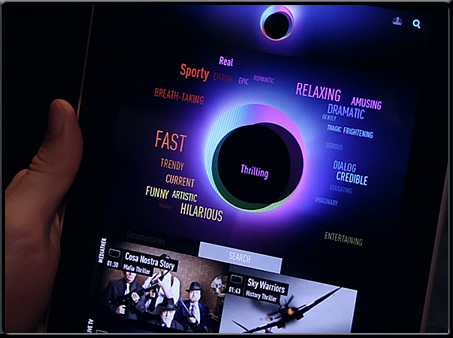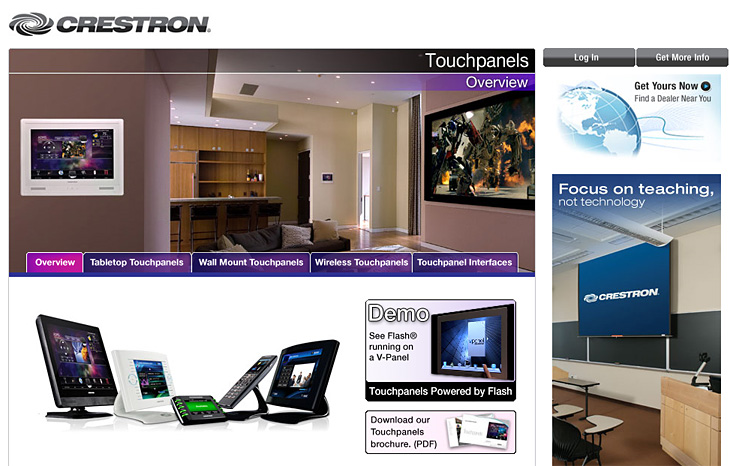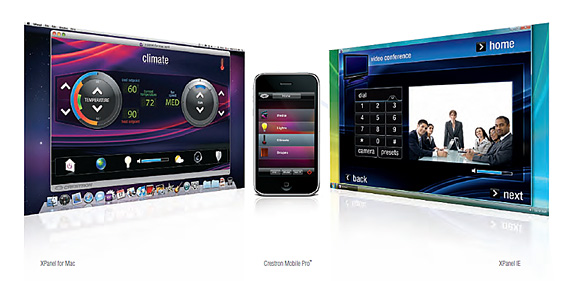Multiscreen Patterns — from Precious-Forever.com by Christophe Stolle
Patterns to help understand and define strategies for the multiscreen world.
CloudTV app platform to take spotlight on two panels at The TV of Tomorrow Show — activevideo.com
SAN JOSE, CA (May 16, 2011) — Millions of screens today — and millions more by year’s end — will be available to TV app developers and content providers, according to remarks planned by ActiveVideo Networks™ executives for the TV of Tomorrow Show May 17 and 18 in San Francisco.
During the two-day conference at the Yerba Buena Center for the Arts, ActiveVideo executives will speak on the “write once, deploy everywhere” merits of cloud-based application creation and delivery on a pair of panels. John Callahan, CTO, will discuss “The Emerging Primacy of the App: The ‘Appification’ of TV and its Implications,” scheduled for Tuesday, May 17, from 3:15 to 4:15 pm; and Michael Taylor, senior vice president, business development will talk about “Envisioning Cable’s Converged Future,” on Wednesday, May 18, from 4:00 to 5:15 pm. The two executives will be joined on the panels by counterparts from PlayJam, Movl, Rovi, NDS, Ooyala, ZeeVee and other companies.
From DSC:
Crestron’s Media Controllers do a nice job of moving the complexities of technology into the background — providing an easy to use, touch-panel interface to their media controllers (i.e. to control such “sources” as desktop computers, laptops, DVD/VHS players, document cameras, audio inputs from iPods/iPads, etc.). So no longer do you need to search for the correct remote (of the 5-10 remotes on your lectern) — you just use the touch-sensitive panel to drive your media. Very nice. The downsides to this set of technologies are the costs involved to purchase and install the equipment, as well as developing the necessary skillset to configure and maintain them.
Also see:
…and http://www.crestron.com/markets/classroom_campus_room_and_building_automation/
… and Crestron Debuts Versatile TPMC-9L Wall Mount Touch Panel Delivering Speed, Performance And Style At A Great Value
Crestron announced today [3/31/11] that the new TPMC-9L Wall Mount Touch Panel, the latest addition to its family of Core 3 OS-ready panels, is now shipping. TPMC-9L is the perfect-sized touch screen – large enough to enjoy a full, rich interactive user experience with a minimalist design that remains discreet in any setting. A 9” widescreen provides more space for designing custom graphical interfaces, and a larger display for viewing cover art, control apps and scores of other dynamic content. TPMC-9L also offers a slew of cool new media and communications tools like widgets and high-definition streaming video for IP/Web security cameras that instantly enhance whole home and building automation systems.
The Future of television: Sweeping change at breakneck speed — from Cisco by Scott Puopolo, Carlos Cordero, William Gerhardt, Kate Griffin, Leszek Izdebski, and David Parsons, Cisco IBSG Service Provider Practice
10 reasons you won’t recognize your television in the not-too-distant future
Also see their blog posting on this.
.
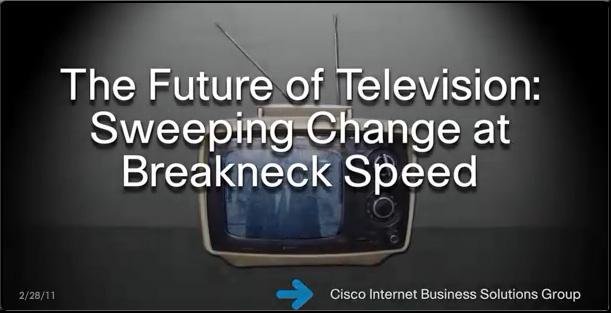
.
Reminds me of a graphic I created a while back…
.

Also see:













